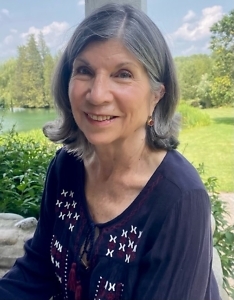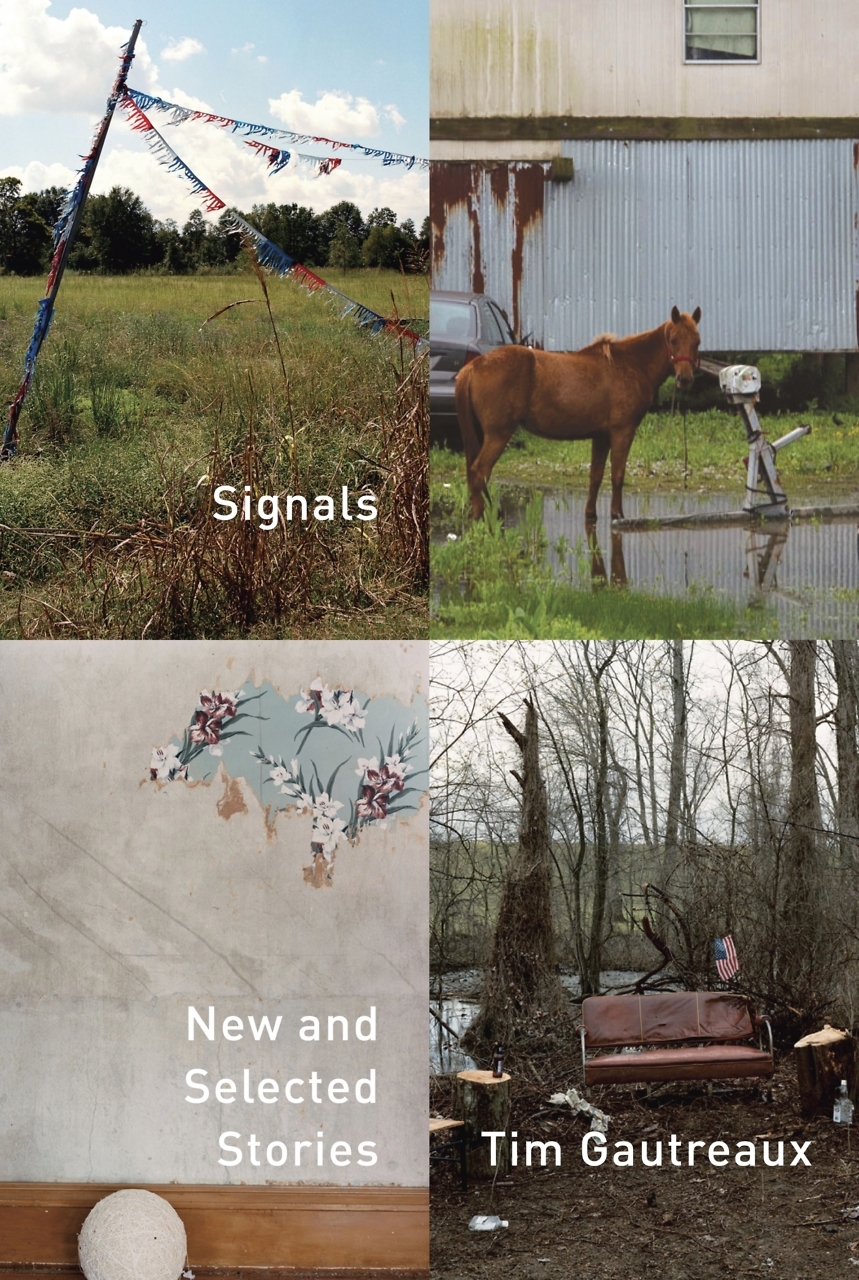River of Loss
Anna Quindlen’s latest novel considers the impact one life can make
In her 10th novel, After Annie, author Anna Quindlen starts things off with a bang: the shocking sudden death of the 37-year-old title character. “Annie Brown died right before dinner,” she writes. “The mashed potatoes were still in the pot on the stove, the dented pot with the loose handle, but the meatloaf and the peas were already on the table. Two of the children were in their usual seats. Jamie tried to pick a piece of bacon off the top of the meatloaf, and Ali elbowed him. ‘Mom!’ he yelled.”

Immediately, the reader is ushered into the chaos of normal domestic life in a middle-class family of six.
Bill, the dad, is a plumber. Annie works at a nursing home. They have one daughter — 13-year-old Ali, three younger sons, and a house that is much too small. There are not enough hours in the day to do all that must be done to manage such a family, but somehow Annie does it. Until she doesn’t. Until the aneurysm. “‘Bill, get me some Advil, my head is killing me,’ her mother had said, and then she went down, just like that, one last wave goodbye from the thick, ragged ribbon of her ponytail,” Ali remembers.
After Annie focuses its attention on three characters — Annie’s husband, daughter, and best friend — and their reactions to Annie’s death. Bill hides himself in work and eventually begins a new relationship with an old flame. As the oldest child and the only girl, Ali feels she must try to take her mother’s place in the family, especially considering her father’s grief-induced neglect. A successful businesswoman, Annemarie battles serious drug addiction and depended on Annie to hold her accountable. Quindlen writes, “They were all floating in some in-between where nothing seemed real and nothing seemed right. Waiting for the rest of life, whatever that was, a future that felt like a betrayal.”
But it is Annie herself whose spirit pervades the novel. Characters are constantly thinking of her, hearing her voice, remembering their relationship with her and the ways she changed their lives. She is both present and absent on every single page.
 The novel follows the bereaved for one year, through the immediate aftermath of Annie’s death — the viewing, the burial, the mob of well-meaning friends and family — and continuing through the emptiness of the house and their hearts and their attempts to navigate life without the strength and guidance of a beloved wife, mother, friend: “Just like that, Annemarie thought as she drove west, the world spins forward. The kids go back to school. The adults go back to work. The open rectangle of earth is filled in. People begin the work of forgetting. But not me, she thought.”
The novel follows the bereaved for one year, through the immediate aftermath of Annie’s death — the viewing, the burial, the mob of well-meaning friends and family — and continuing through the emptiness of the house and their hearts and their attempts to navigate life without the strength and guidance of a beloved wife, mother, friend: “Just like that, Annemarie thought as she drove west, the world spins forward. The kids go back to school. The adults go back to work. The open rectangle of earth is filled in. People begin the work of forgetting. But not me, she thought.”
In many ways, it’s a familiar story and one that could seem tired or even maudlin, but in Quindlen’s expert hands, this thoughtful meditation on grief instead highlights moments of brightness and beauty and even hope: Annie’s patient tolerance of her husband’s limitations, her tough love and sacrifice for Annemarie, her worry for and devotion to her children, her gentle care for her patients — and, most importantly, the way their overwhelming sense of loss, sharper every day at first, leads her loved ones to struggle toward an awkward state of grace, holding on to Annie with all their might while working just as hard to let her go. “[Bill] thought … that there was some kind of river of loss underneath them all. There was no way to know how to move on, which everyone insisted you should do, without leaving the person behind, so that the further you got into this new, different, strange, impossible existence, the fainter they got, like a ghost in a movie that at first had clear edges and a discernible face and then was a cloud, and then smoke, and then nothing.”

Tina Chambers has worked as a technical editor at an engineering firm and as an editorial assistant at Peachtree Publishers, where she worked on books by Erskine Caldwell, Will Campbell, and Ferrol Sams, to name a few. She lives in Chattanooga.


